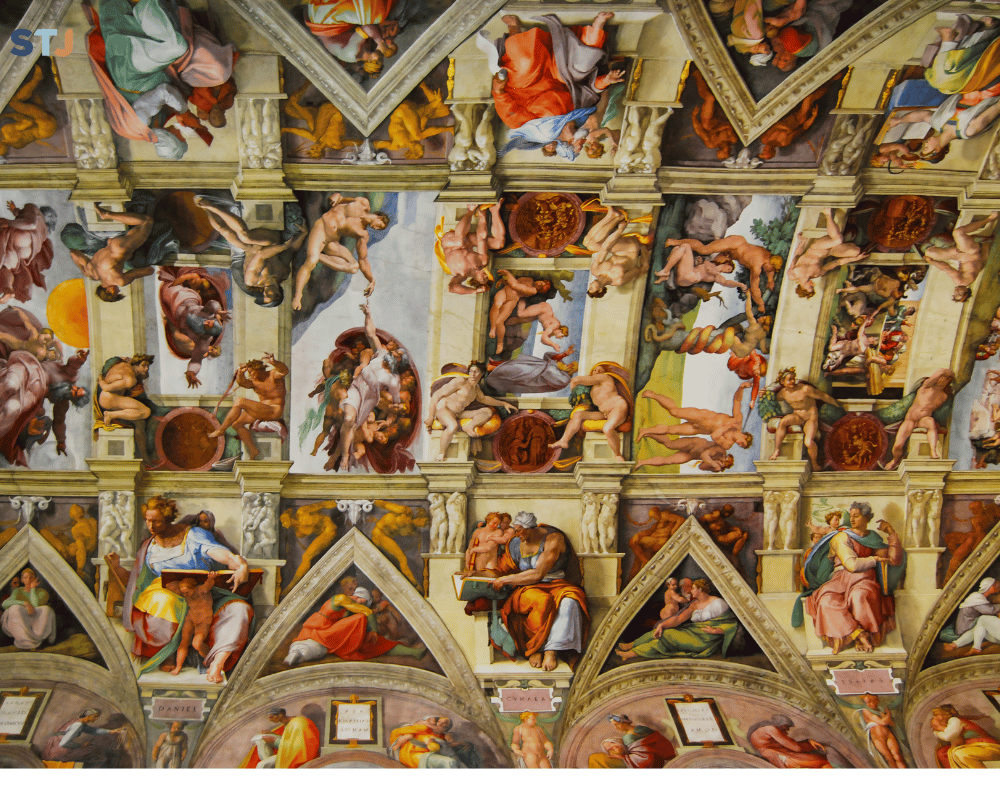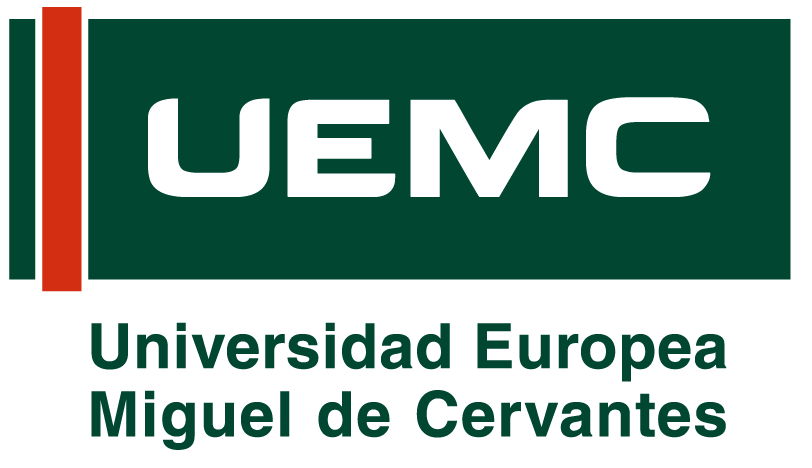By Emile Kas Nasrallah.1
In 2011, after participating in the “Agora” Mediterranean Youth Conference in Loreto, visiting the Vatican Museum with some Italian friends became one of the most memorable experiences that left a deep impression on me. It was not just a visit to a
historical or cultural place, but an experience that carried many questions and reflections about art, humanity, and how we understand the world through it.
When I first entered the Vatican Museum, I was surrounded by a crowd of visitors who were not much different from me: everyone was taking photos and contemplating the artworks, but I was searching for something deeper. In this vast museum, which spans several halls, those moments when I stood in front of artworks like the “Sistine Chapel Ceiling” or works by Michelangelo and Raphael were more of an invitation to contemplate than just to observe.

We all stopped in front of the Sistine Chapel ceiling, and it was a moment I cannot forget. We stood together, looking up, contemplating the paintings created by Michelangelo with their vibrant colors and intricate details. It felt like we were inside a dream, where art blended spirituality and history, humanity and God, past and present. Although I had read about these artworks before the visit, being there and seeing them firsthand had a completely different impact.
What made that visit even more special was the conversation that took place between us as we toured the museum. We exchanged opinions about how art can serve as a bridge between times and cultures and how each piece reflects part of humanity’s ongoing struggle to understand life and existence. Each of us had our own interpretation of the exhibits, and we all participated in building a shared intellectual and spiritual experience.
As for the Pharaonic section of the Vatican Museum, it was a moment in time where we paused together to reflect on the ancient Egyptian civilization. I remembered how I had always been fascinated by ancient civilizations, but seeing the original Egyptian artifacts up close was an extraordinary experience. The statues of the pharaohs and the mummies displayed before us carried many stories about life and death, gods, and kings. The inscriptions that tell detailed stories of ancient Egyptian life, and the statues that reflect the grandeur of that civilization, made me feel as though I could directly touch this civilization.
In this section of the museum, I stood for a long time in front of Egyptian statues that tell part of the history of a great empire that once ruled the ancient world. My Italian friends and I had long discussions about the symbolism surrounding each statue and about the meanings of life and death in ancient Egyptian beliefs. There, amidst the mummies and sculptures, I felt immersed in history, becoming part of the long narrative that spans through the ages.
What made that visit even more special for me were the memories we shared. During this visit, the museum was not just a place for tourism or enjoyment of artistic beauty, but a place for personal and collective reflection. Over time, I realized that every piece of art, every painting in the museum, carries with it a story about humanity, faith, and the challenges it has faced throughout history. With my Italian friends, I felt as though we were living history together, discovering it and reinterpreting it based on our personal experiences.
These unforgettable memories from 2011 are what make the museum visit more than just a tourist experience. It was an intellectual and spiritual journey, where every corner and every artwork took us back to the essence of the question about the meaning of life, and how to engage with our cultural and artistic heritage. That visit to the Vatican was not only a museum visit, but a journey into the self, enhancing your understanding of the world around you.
- The article was written in Arabic and then translated into English. ↩︎

